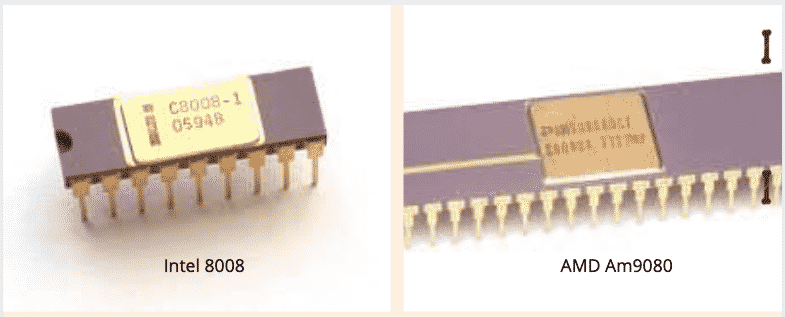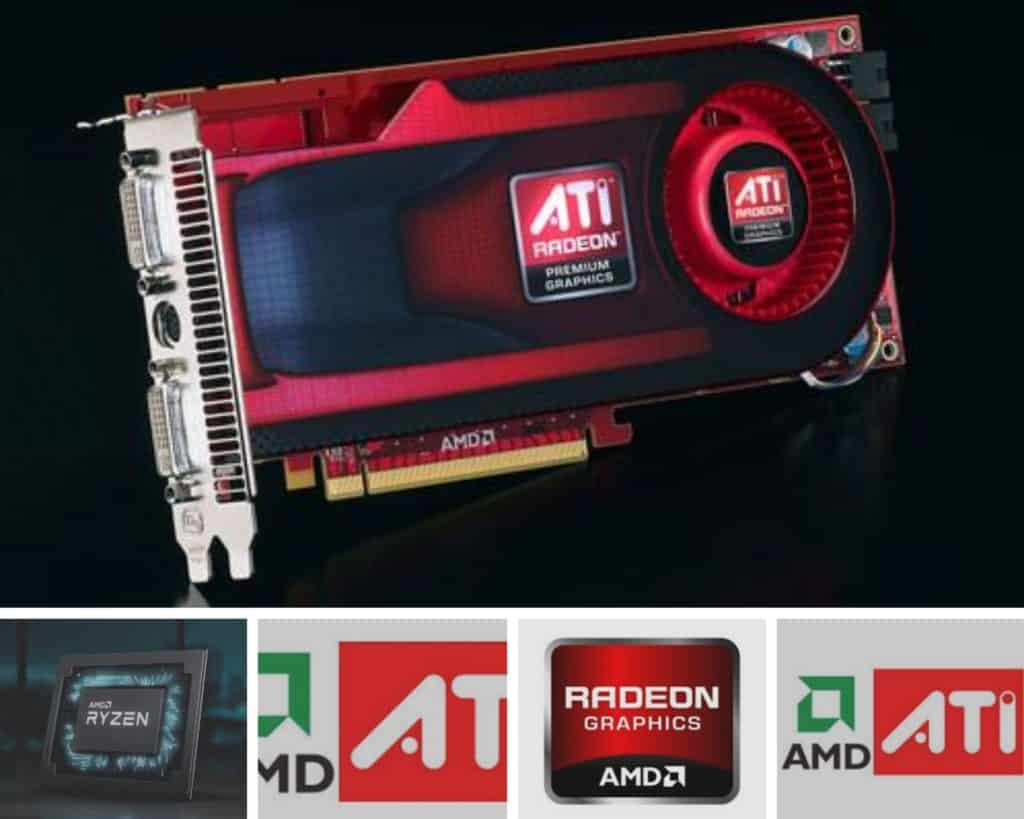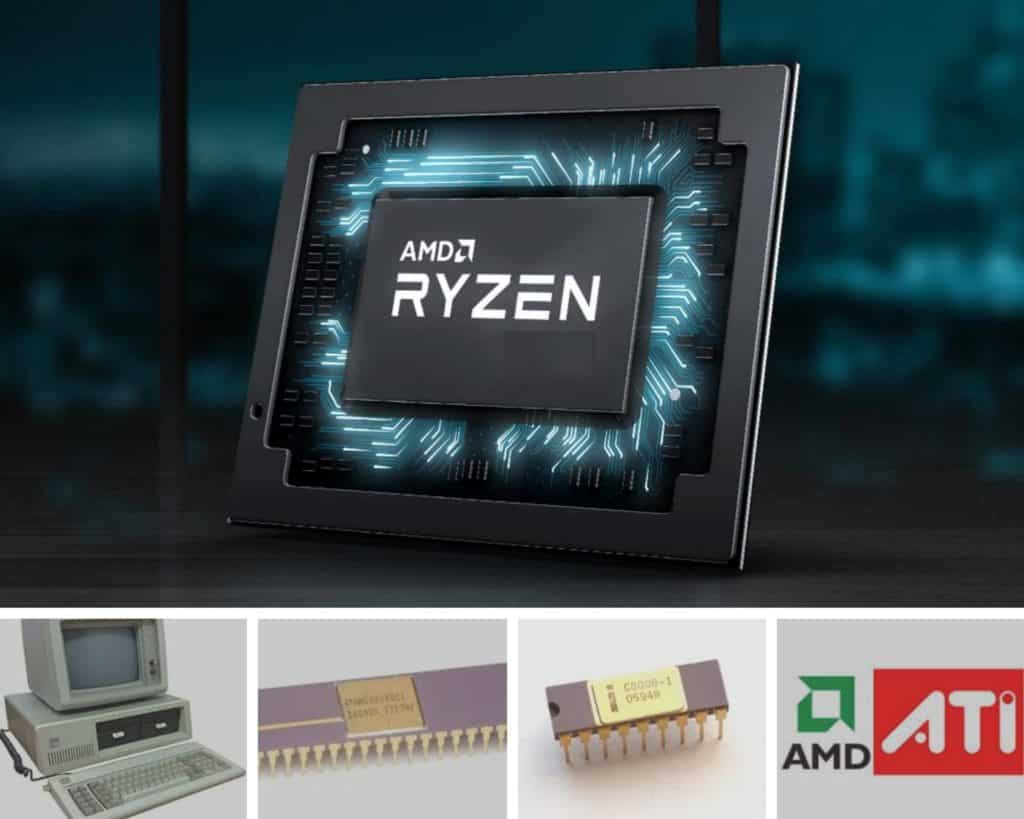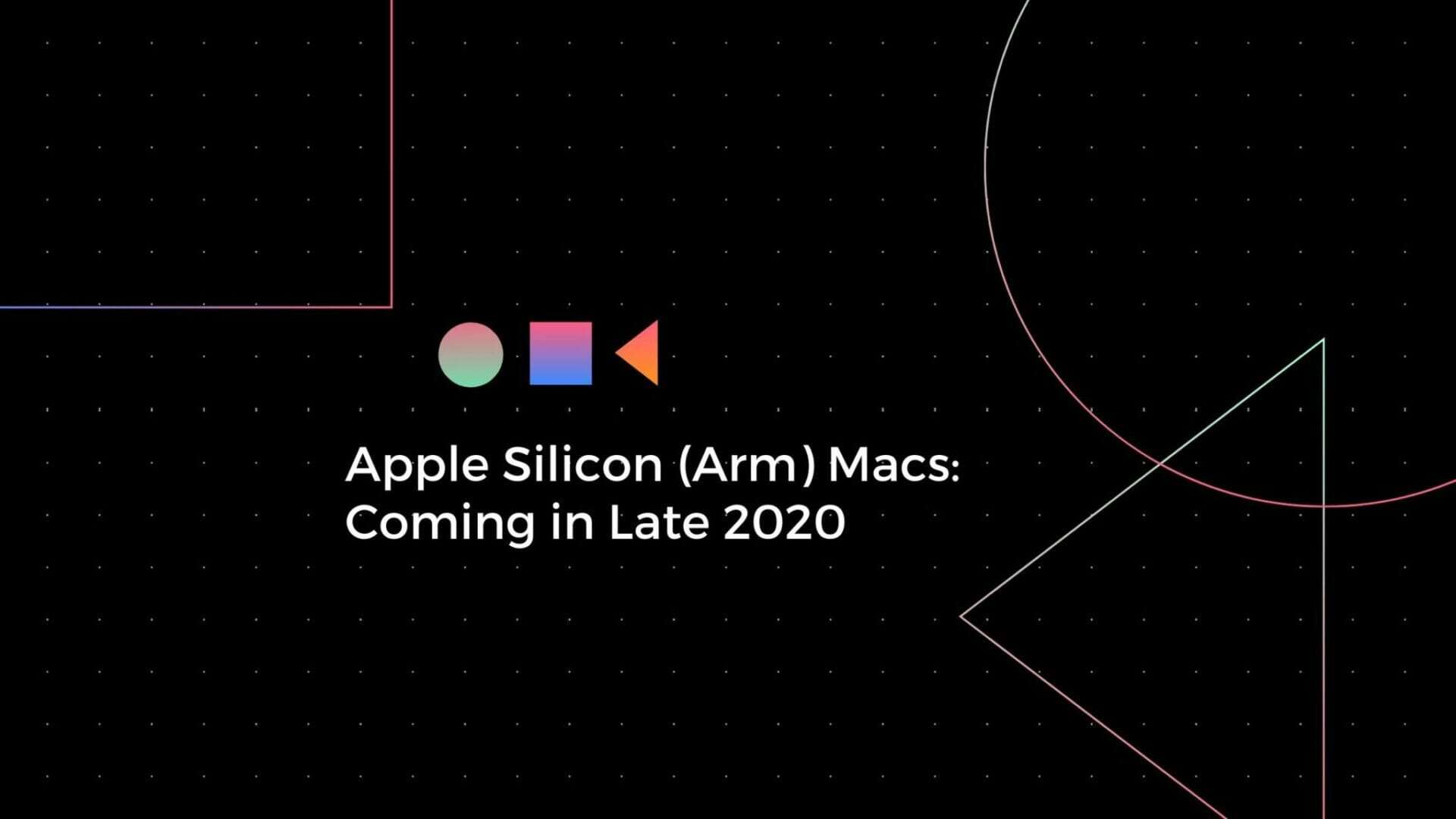
Intel Vs AMD – Comparison
Introduction
This is more of a story about two esteemed semiconductor chip makers in the world market. A roller coaster journey of companies that are hot topics of discussion in the present world. The Intel Vs AMD.
Table Of Content
The Beginning
The story begins with the Soviets winning World War II. The aftermath had a rising demand for innovation and excellence which opened the door for many young enthusiasts to prove and top the chart.
Back then, the best engineers were hired by esteemed companies like Bell Laboratories, Texas Instruments, and Fair child Semiconductor. These engineers had great potential and interest to innovate more than what was already available, the MOSFETs. They wanted to go beyond the boundaries. This wasn’t possible as higher management feared the unstable World and market. The younger minds got frustrated by the restriction they had but didn’t lose hope. Instead, stepped out to start new independent ventures.
One among them was Integrated Electronics known as Intel. The other was Advanced Micro Devices (AMD).
The Growth
In the initial phase, the AMD was not much into its own designs. It just used to copy the design from Intel, reverse engineer, and add enhancements to produce a better chipset.
The AMD started late, but by the time Intel released its first 8-bit microprocessor, AMD was known in the market with more than 200 products.
Intel’s first 8008 was reverse engineered and made as Am9080 which was later renamed as 8080A after both AMD and Intel signed a cross-license agreement in 1976.

During this time the mainframe Giant IBM stepped into the development of PCs and started outsourcing the processors than in-house production.
Intel bagged a chance to be their first choice of supplier and AMD as a backup.
By 1982, when Intel was coming with 6 to 10 MHz range chips, the AMD came up with an 8 to 20 MHz range.
Intel was designing and AMD was making it just better.
Breach of Good Faith
1982 was a tough competitive year for Intel against AMD as AMD’s Am286 was much better than Intel’s 80286 processors. Both companies were hungry to top the market. Contributing to which the Intel decides to stop AMD in its tracks. This was done by excluding them from getting a license for next-gen 386 processors. AMD sued Intel. The decision came after 4.5 years in favor of Intel as Intel was not committed to transfer its every new product to AMD. This resulted in a breach of good faith between the two companies. This act by Intel happened during a critical time when IBM had gained popularity in the market from 55% to 84%.

Credit: Google Image
AMD left with no new processors, took 5 years to reverse engineer Intel’s old 80386 to form new Am386. This made AMD’s presence back again as Am386 provided 33 MHz chips compared to 12 MHz by Intel in 1985. 40 MHz AM486 had 20% higher performance than 33 MHz i486 at the same price
The Rise and Fall
By 1996 AMD invented its first self-developed processor 5k86 which was renamed as K5 . But it suffered poor sales due to its unappealing design and manufacturing issue.
In 1997 AMD brought its K6 architecture against Intel’s Pentium I, II, and III.
In the tough nail-biting competition between Intel and AMD, AMD lost its fortune. Global economic crisis, internal mismanagement, poor financial predictions made AMD sink further.
By 2006 the AMD was pushed from CPU summit and Intel took the performance crown due to its low-power, high throughput chip design.
The Netburst architecture of later had reached a threshold in R&D, Unable to come up with a new creative and powerful architecture, it moved back to enhancing its old Pentium series again and renaming it as core to save its face from infamous Pentium due to its excessive power and price. This swept away 13 years of brand dominance for Intel.
The Over estimated acquisition
AMD acquires graphic card manufacturer ATI Technologies. The purchase was overvalued as the ATI had not yet developed much.
After realizing this, the handheld part of ATI was sold to Qualcomm which is now available as Adreno.

In 2007, AMD came up with K10 Barcelona quad-core processor in competition to Dual-core (core 2) of Intel. The customer’s favorite K10 production was stopped due to a circumstantial lockup bug. The bug was overcome with a BIOS patch update but at the cost of its Sales and Reputation.
It was really a hard time for AMD as it had to battle against standard of chips from Intel as well as monopolistic activities of Intel to keep AMD CPUs out of new PCs. Intel was the sole provider of chips for Dell whereas AMD was still struggling to find a host
The Comeback
Lisa Su, Senior Vice President and Head Manager having a Doctorate in Electronics from MIT on Silicon-on-insulators along with two leads making a comeback after a decade gave horsepower to the company.

By then Intel was already leading the market with its ‘Tick-tock’ approach.
It was expected to hit the market with 10nm nodes by 2015 but that never really happened as they didn’t get the required yield with 10nm technology and still remained in 14nm technology.
As the years passed, the clock speed, Power consumption, and the requirement grew but Intel was still just making minor changes to its 14nm chips but didn’t make a breakthrough.
The Choices
- Either to go with expensive Core line
- To go with cheaper FX/A series.
During this time AMD was quietly working on its trump card. Finally in 2016 via E3 event, the Zen architecture was unveiled making an ever before the comeback. Since then it’s been unstoppable.
Present Day

AMD has now started a revolution with its RYZEN series of processors that come with 7nm technology whereas Intel is still at 14nm++ technology in its latest Core i9-9900K.
Check out the post to know which processor to go for in 2020.
FINAL VERDICT
In conclusion, I hope you enjoyed reading this article on “Intel Vs AMD: The Tale of Silicon Valley Powerhouses”, If yes, then don’t forget to spread the word about it. Do send the feedback and to know more about it. Signing off Sudarshanpatwardhan@gmail.com





